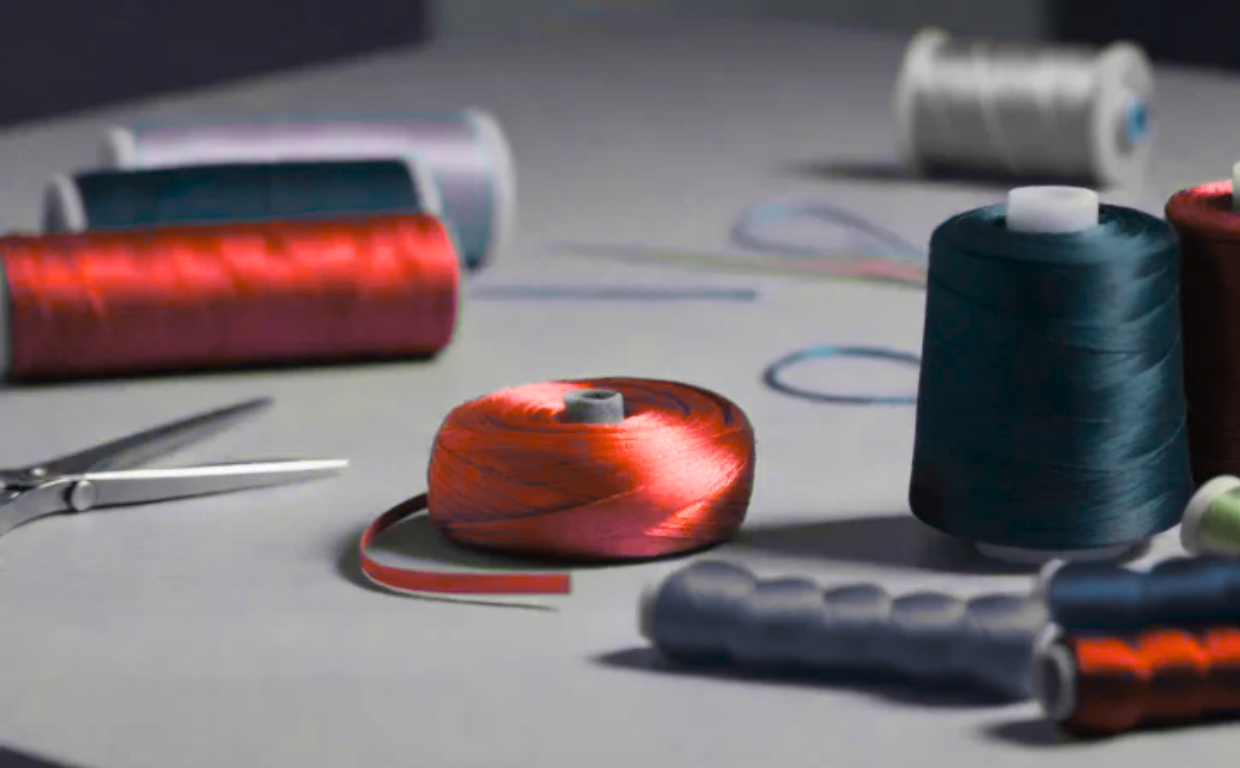Chenille embroidery is known for its soft, raised texture and bold visual appeal. However, it also requires special care to preserve its shape, color, and texture over time. At Mahi Digitizing, we provide expert guidance on how to maintain and clean chenille embroidery the right way.
Understand Chenille’s Unique Structure
Chenille embroidery uses looped yarns that create a plush, raised effect. This texture is what makes it visually and physically distinctive.
However, the same fuzzy yarn that gives chenille its appeal is more vulnerable to moisture, heat, and friction than standard thread.
Therefore, it’s essential to understand that chenille requires different cleaning and storage techniques than flat embroidery.
Knowing the fiber composition and structure helps you choose the right approach for long-lasting care.
At Mahi Digitizing, we build chenille patches with durability in mind, but proper upkeep still plays a vital role.
Always Start with Gentle Handling
First and foremost, treat your chenille embroidery gently. Never rub or wring the fabric aggressively when it’s dirty or wet.
Chenille can lose its structure if mishandled, especially during washing or drying processes.
Instead of using force, blot stains and pat the area gently with a clean cloth.
When brushing off debris, always use a soft brush or lint roller to avoid pulling fibers.
This gentle approach protects the looped yarn from damage and keeps the patch looking new.
Hand Wash When Possible
Whenever you can, hand wash garments or accessories with chenille embroidery. Use cold water and a mild detergent to reduce the risk of color bleeding or fiber damage.
Gently soak the fabric and avoid any twisting or scrubbing motions. Rinse thoroughly to remove all soap.
Lay the item flat to air dry on a clean towel—this helps maintain shape and avoids unnecessary stretching.
Machine washing is not recommended unless specified by the manufacturer or your patch was specifically made to be washer-safe.
At Mahi Digitizing, we recommend hand washing to preserve both the texture and longevity of chenille embroidery.
Protect During Machine Washing
If you must machine wash, take extra precautions. Turn the garment inside out and place it inside a mesh laundry bag to reduce friction.
Use the delicate cycle with cold water and a mild detergent to minimize stress on the embroidery.
Never wash chenille with rough fabrics like jeans or towels, as these can abrade the yarn and pull fibers loose.
After the cycle, remove the item immediately and reshape it gently by hand while it’s damp.
Machine drying is not recommended—air drying is always safer for preserving the patch’s shape and structure.
Important Do’s and Don’ts
Follow these essential rules to keep your chenille embroidery looking great:
- Do: Use cold water and mild detergents when cleaning.
- Don’t: Bleach or dry-clean chenille unless the label says it’s safe.
- Do: Store in a cool, dry place to prevent mildew or moisture damage.
- Don’t: Iron directly on chenille; always use a pressing cloth or turn the garment inside out.
- Do: Brush gently in one direction to keep the fibers smooth and aligned.
These tips will help protect your embroidery investment over time.
Storage and Long-Term Care
Proper storage is just as important as washing. Store chenille-embroidered items in a breathable garment bag or cotton container to protect them from dust and humidity.
Do not fold chenille patches tightly or stack them under heavy objects—this can flatten the loops and distort the design.
Consider hanging jackets or laying flat items in a single layer when possible.
If the piece is seasonal, check it every few months to ensure it’s not developing mold or creases.
Good storage habits help your embroidery retain its bold, fluffy appeal for years.
Reviving Flattened or Matted Chenille
Over time, chenille yarn may flatten due to pressure or humidity. Fortunately, you can gently revive it with some light care.
Use a soft toothbrush or a fabric brush to fluff the yarn in a single direction—never scrub back and forth.
If necessary, use low steam from a distance while brushing gently. This helps the fibers bounce back without damage.
Be careful not to wet the area fully or apply too much heat, as this could cause further matting or shrinkage.
We also offer restoration advice for older patches if you reach out to our team.
Let Mahi Digitizing Guide Your Patch Care
At Mahi Digitizing, we don’t just create embroidery—we help you maintain it for the long haul.
Our chenille patches are digitized with durability in mind, but proper care ensures they continue to look sharp and feel soft.
Whether you’re cleaning school jackets, sportswear, or promotional garments, our care tips protect your investment.
We’re always here to provide guidance on washing, storing, or restoring your custom embroidery projects.
Contact us today or request a free quote to get started on embroidery built to last.

